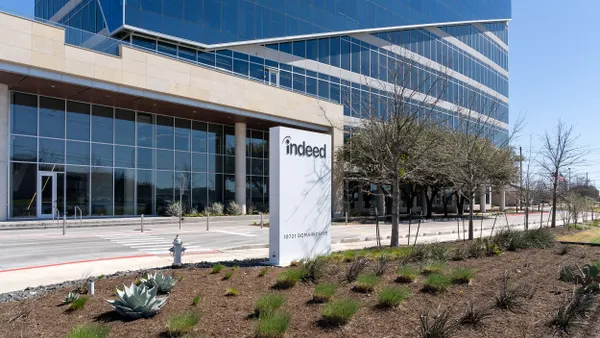Dive Brief:
- Employee Benefit News (EBN) reports that it costs employers 33% of a worker's annual salary to hire a replacement if that worker leaves. In dollar figures, the replacement cost is $15,000 per person for an employee earning a median salary of $45,000 a year, according to the Work Institute’s 2017 Retention Report. The study of 34,000 respondents concluded that 75% of the causes of employee turnover are preventable.
- The study also highlighted turnover's indirect costs, or “productivity costs,” says EBN. Indirect costs stem from knowledge lost when employees leave, the time spent finding a replacement and the time new hires need to become fully functional.
- In exit interviews, the top reasons survey respondents gave for leaving their jobs were career development (22%), work-life balance (12%), managers' behavior (11%), compensation and benefits (9%) and well-being (9%).
Dive Insight:
A separate Willis Tower Watson survey revealed that one in three hires will leave a job within two years, pressuring employers to find replacements quickly and absorb the high costs involved. This report reaches an interesting conclusion: employers might want to focus on shaping the workplace to fit the best hires instead of selecting people that fit the workplace.
Career development is a common reason for dissatisfaction on the job. More employers of all types are turning to employee learning programs to both keep people on the job and improve the quality of their workforce. Job responsibilities that don't meet expectations are another catalyst for turnover. Departing employees most likely had an unrealistic view of the job during the recruitment process, which can be partly solved by improving the language of job listings.
To maximize retention, employers need formal, consistent exit interviews. Finding out why people leave is key to finding ways to encourage top performers to stay. Employers also can develop talent pipelines by allowing employees to create networks and make referrals, which narrows the recruiting and hiring time needed to find replacements when workers do leave.











